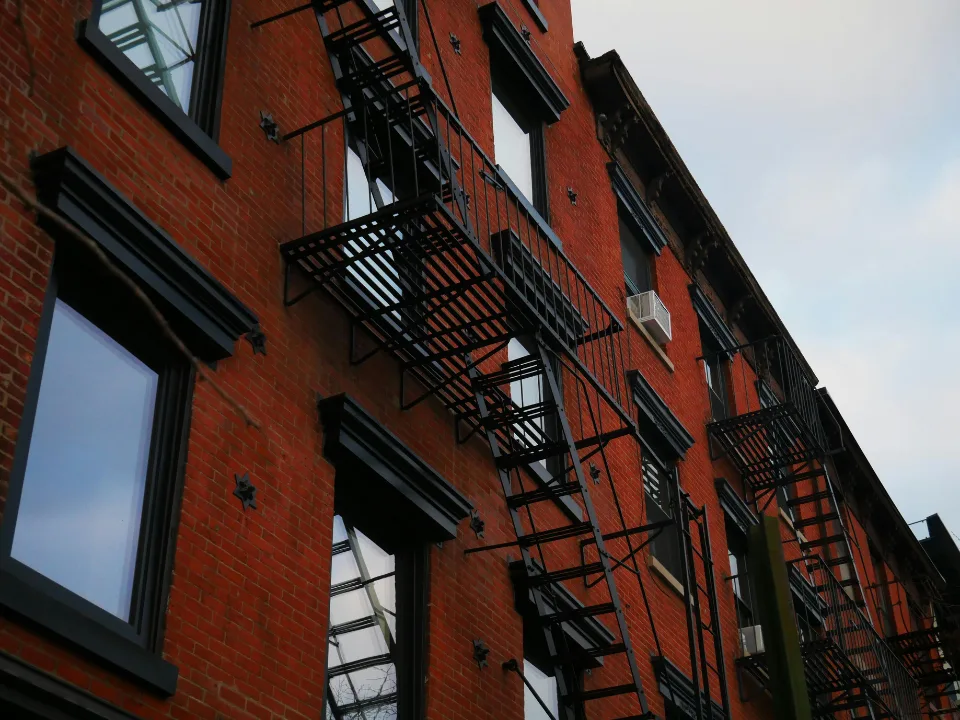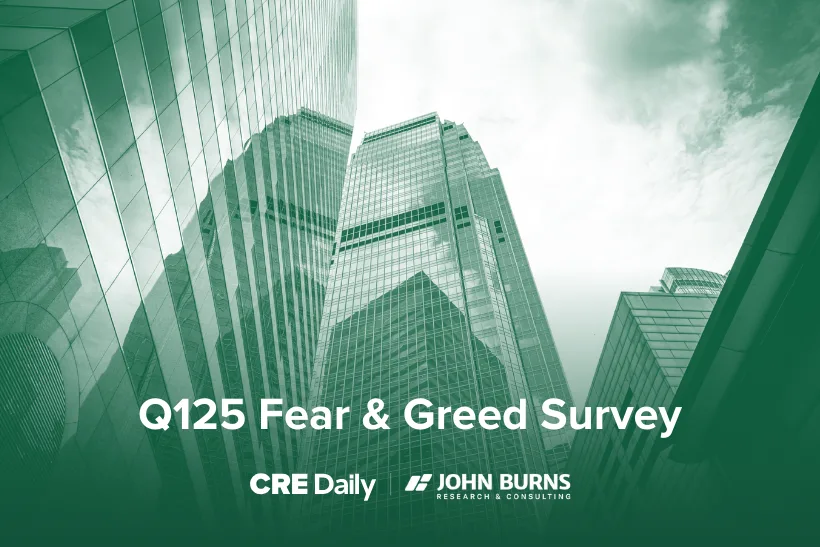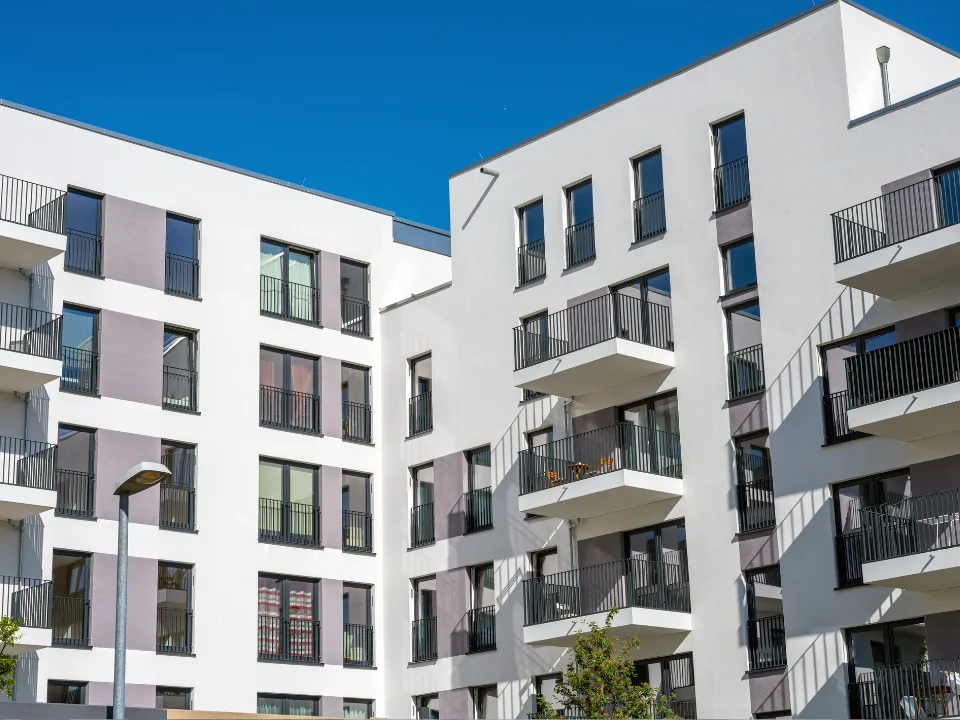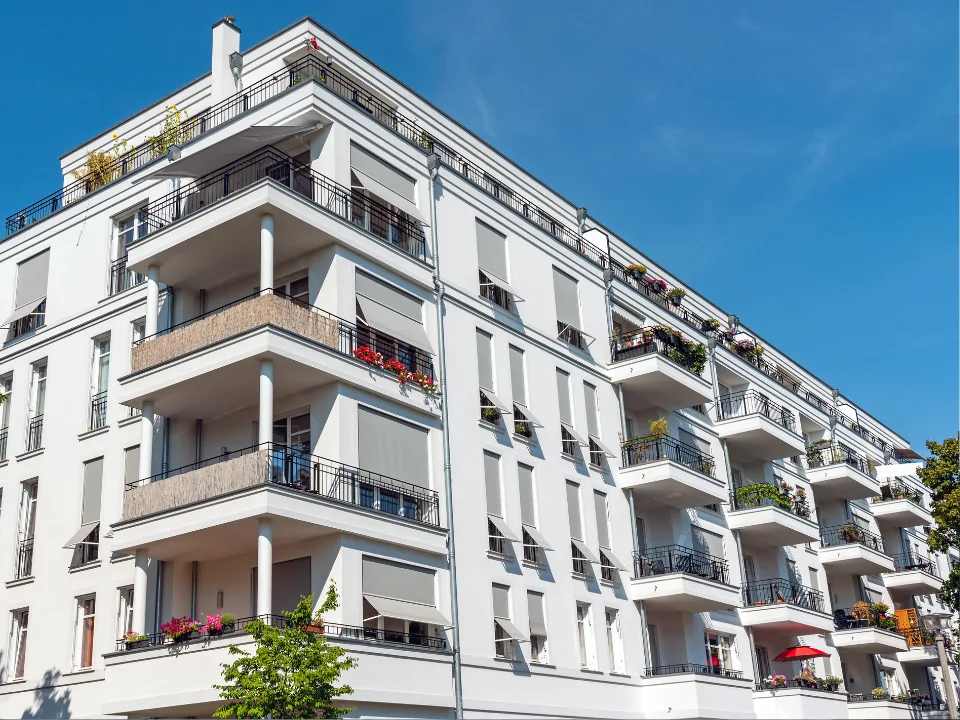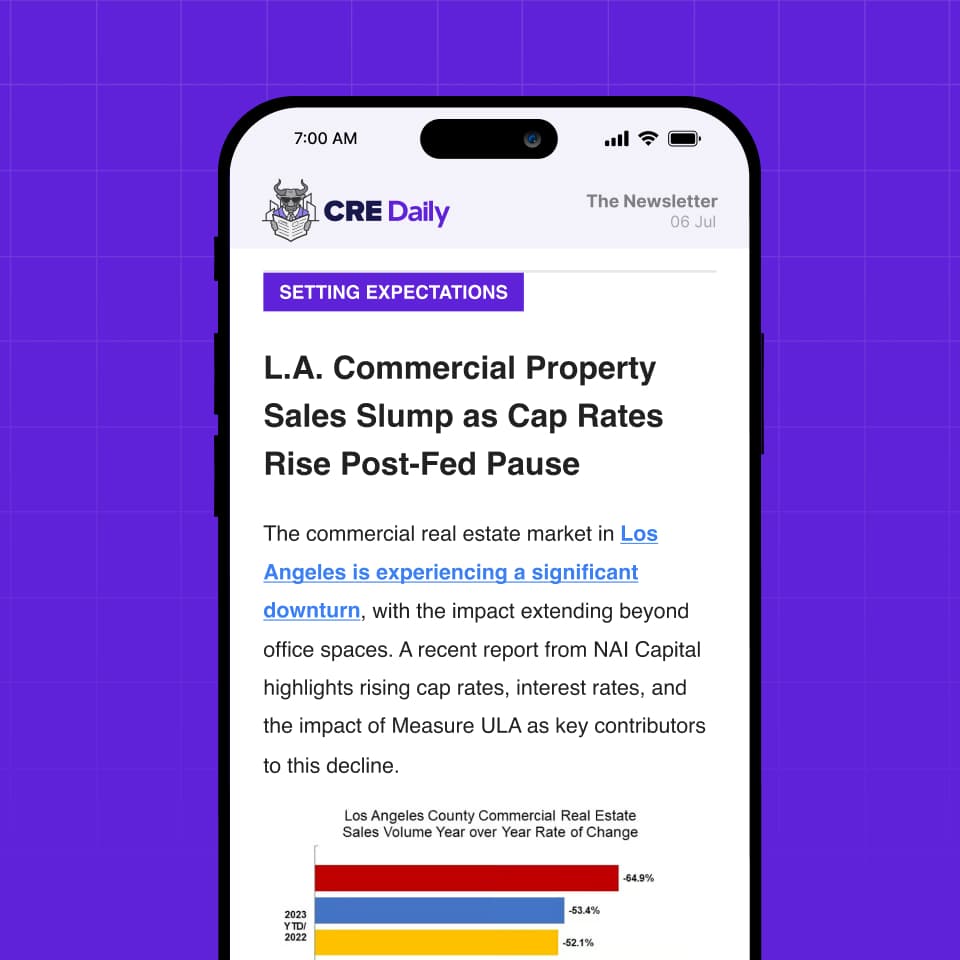- The Furman Center found that 100% rent-stabilized buildings in the Bronx suffer from increasing financial shortfalls.
- In 2024, each unit lost about $1,444 annually. Costs continue to exceed revenue.
- Current Rent Guidelines Board (RGB) adjustments fall short. Therefore, officials must consider new strategies.
- Experts warn that without extra support, the city risks disinvestment and halts new affordable housing projects.
A New Voice in the Rent Debate
According to The Real Deal, NYU’s Furman Center presented new data at the Rent Guidelines Board meeting in 2025.
First, the center confirmed that many Bronx buildings face funding gaps. Second, the data shows that these rent shortfalls have grown since the Housing Stability and Tenant Protection Act of 2019.
Rising Shortfalls After HSTPA
The act limited rent increases to the annual RGB adjustments. Moreover, these adjustments do not cover rising expenses. Mark Willis, a senior policy director, stated that building owners now lose money. In fact, many Bronx units lost an average of $1,444 in 2024 alone. Consequently, these gaps may continue to expand.
A Call for New Solutions
The Furman Center urged a fresh approach to cover the rent shortfall. It argued that relying only on the RGB process will not help. In addition, the center suggested that funds must come from other sources. Therefore, the city may need to increase its budget for subsidized housing. Otherwise, owners could struggle to maintain their properties.
Get Smarter about what matters in CRE
Stay ahead of trends in commercial real estate with CRE Daily – the free newsletter delivering everything you need to start your day in just 5-minutes
Shifting Positions and Future Risks
The New York Apartment Association (NYAA) noted that this was the first major warning from the Furman Center on rent-stabilized housing. Previously, the center found little evidence of devaluation in 2021. Now, however, the evidence points to a worsening crisis. As a result, many fear that funds meant for new affordable units will be used only to rescue older ones. Consequently, future developments might halt altogether.
In Summary
In conclusion, the Furman Center’s findings carry serious implications. First, the financial gap in Bronx buildings is growing. Next, current RGB adjustments no longer suffice. Finally, the city must act soon if it wants to prevent further decline in New York’s rent-stabilized housing.
